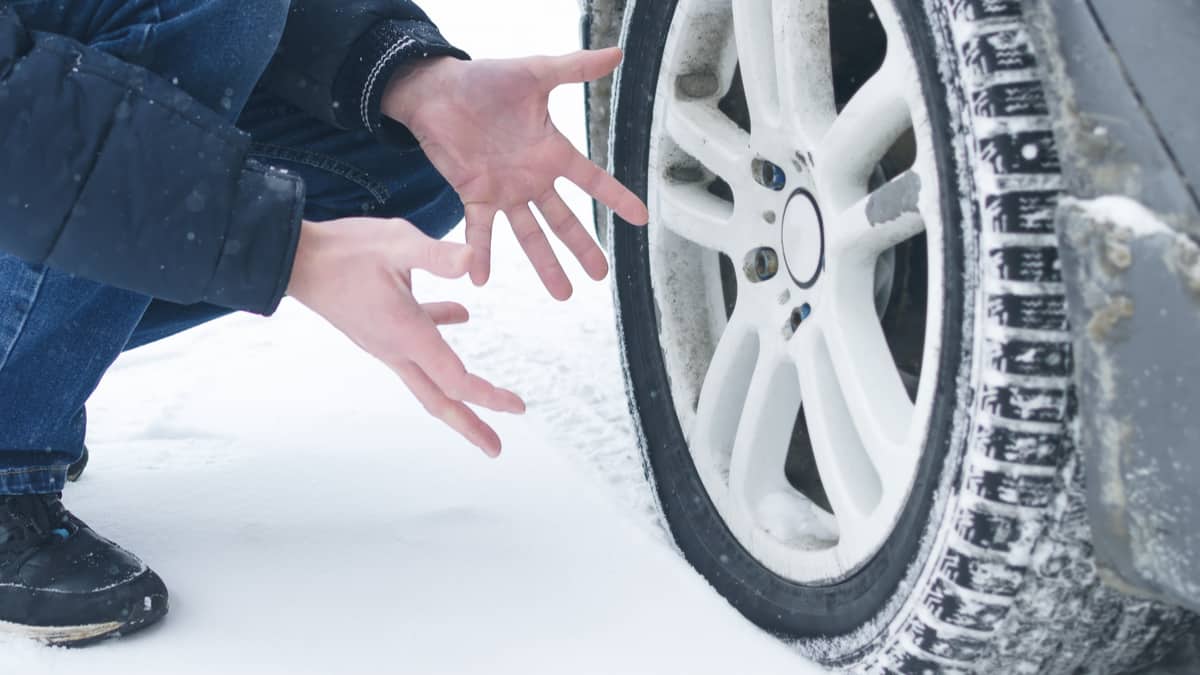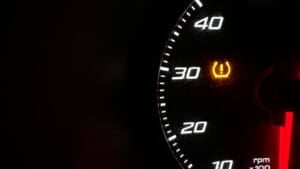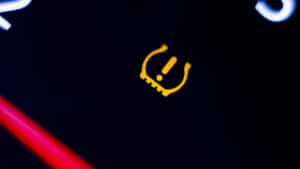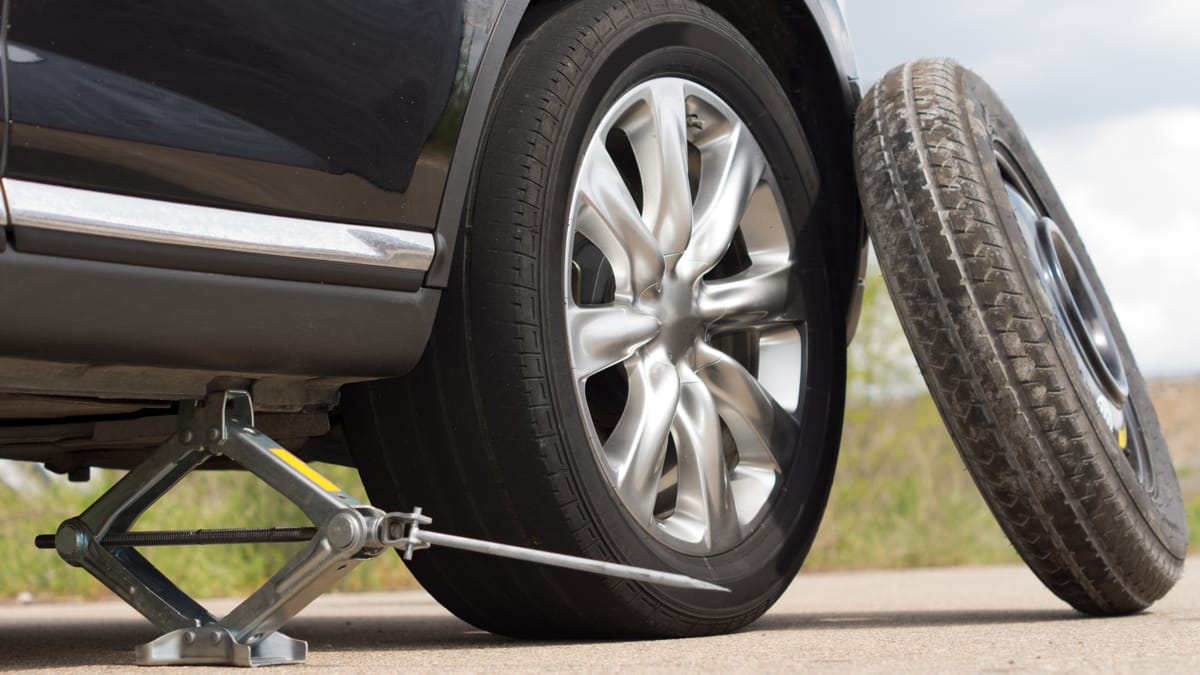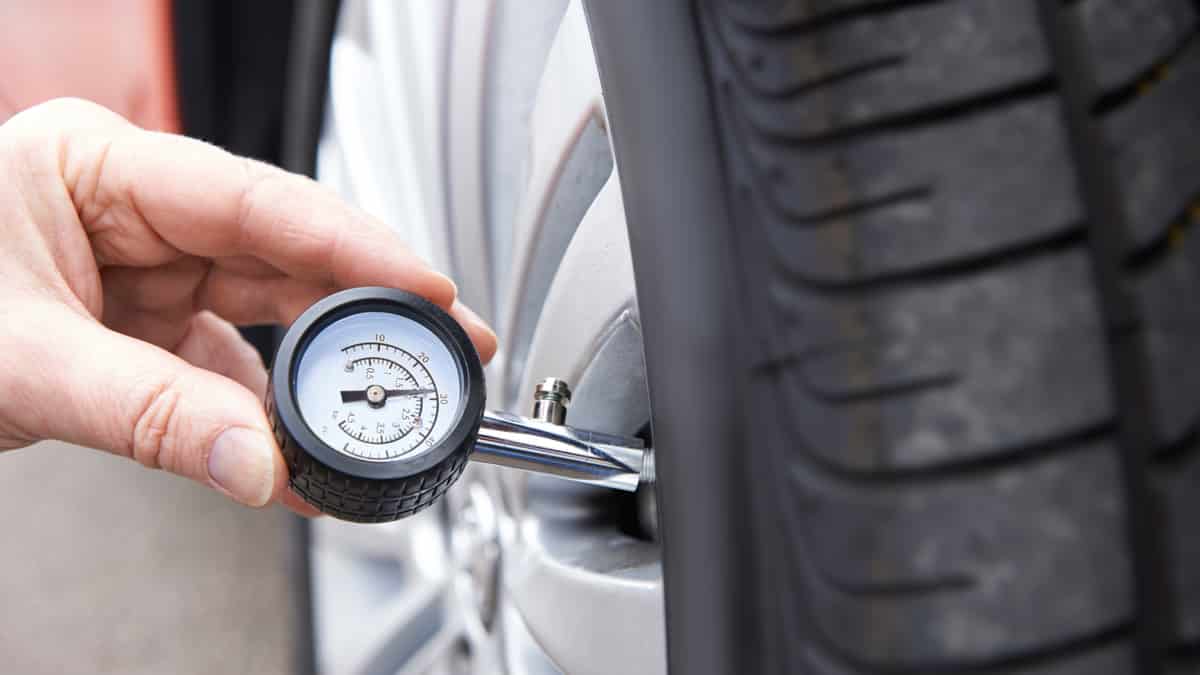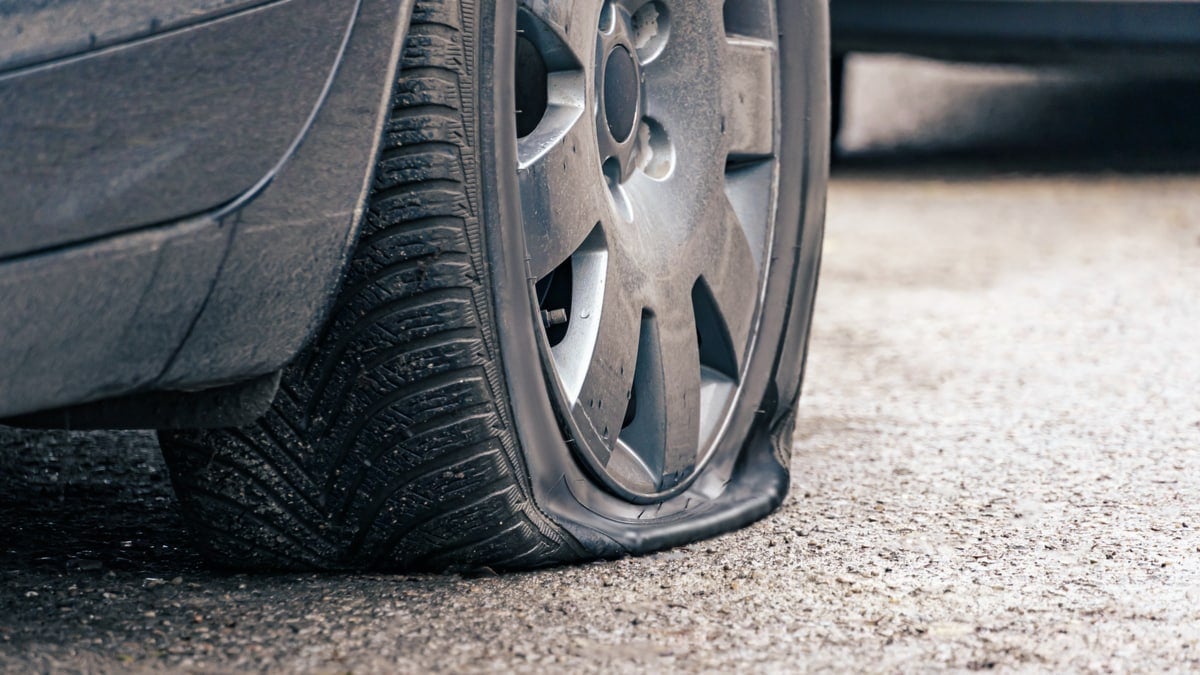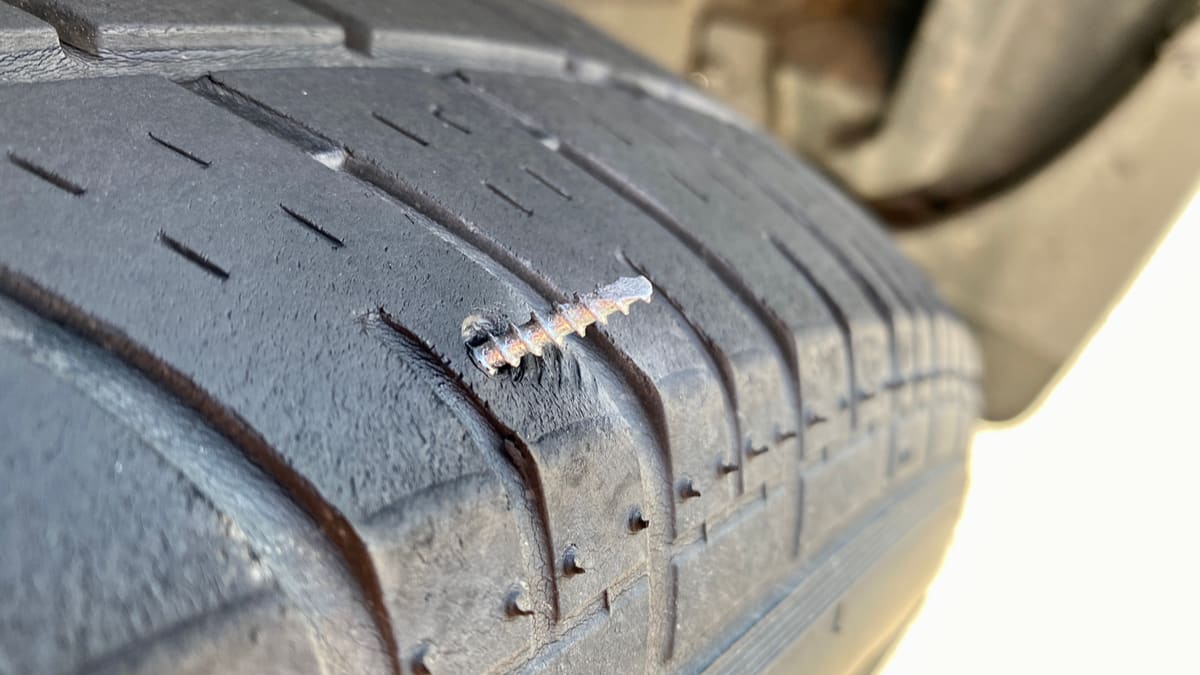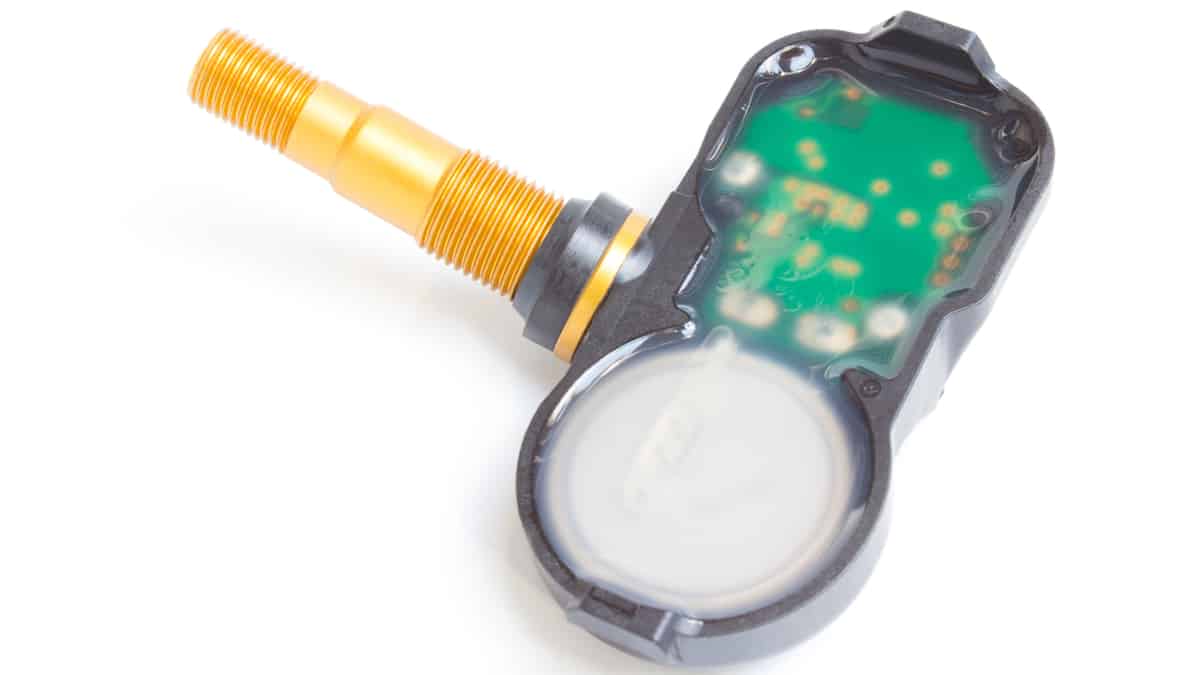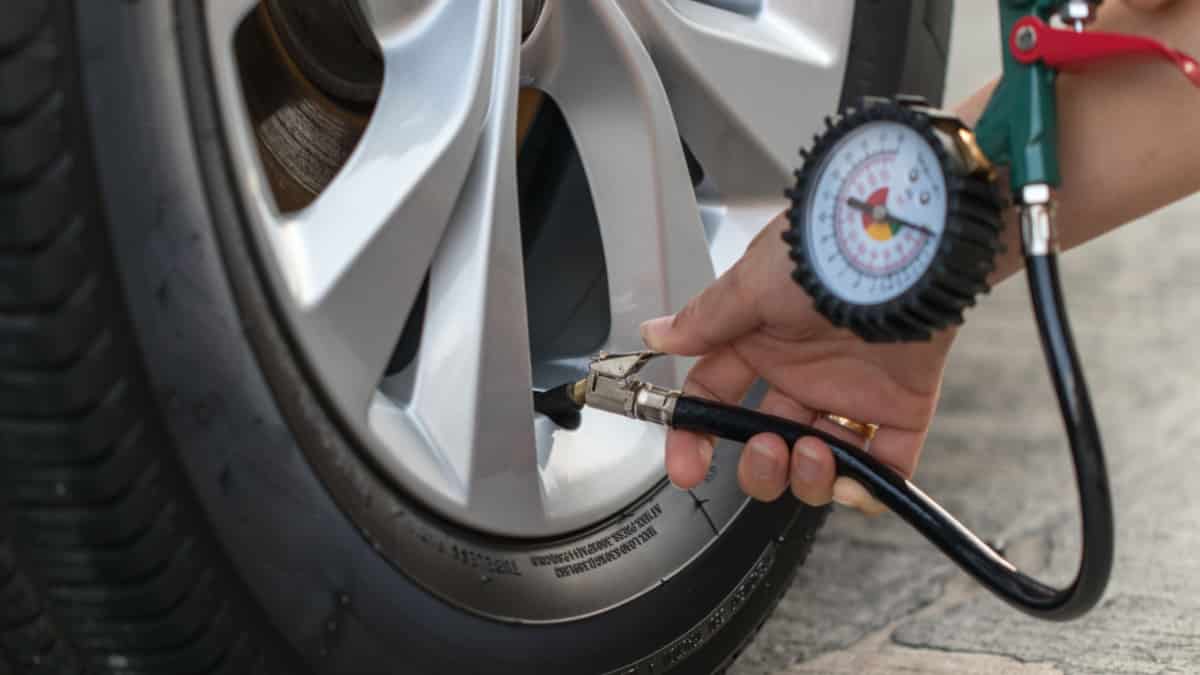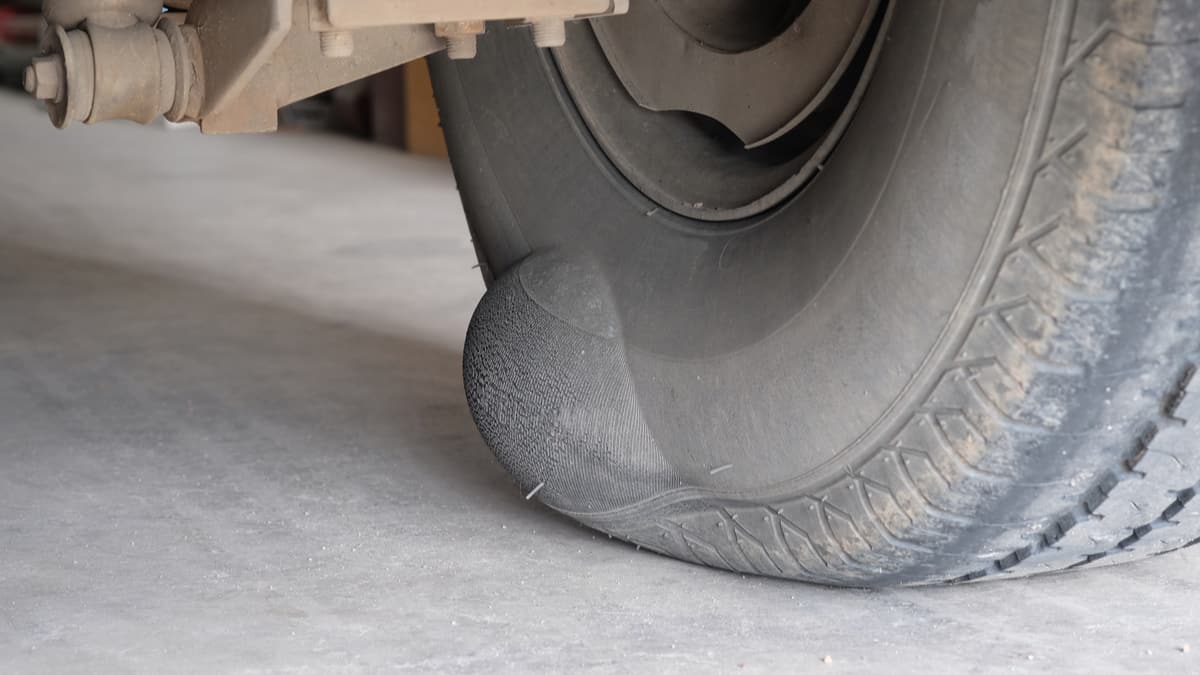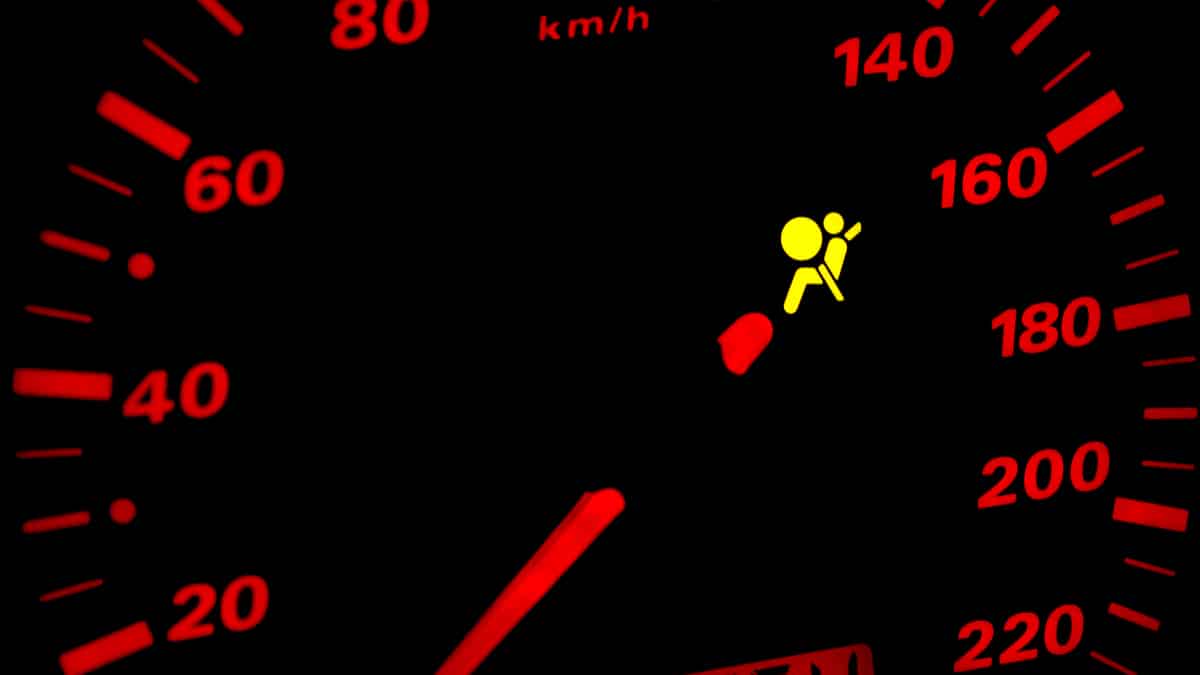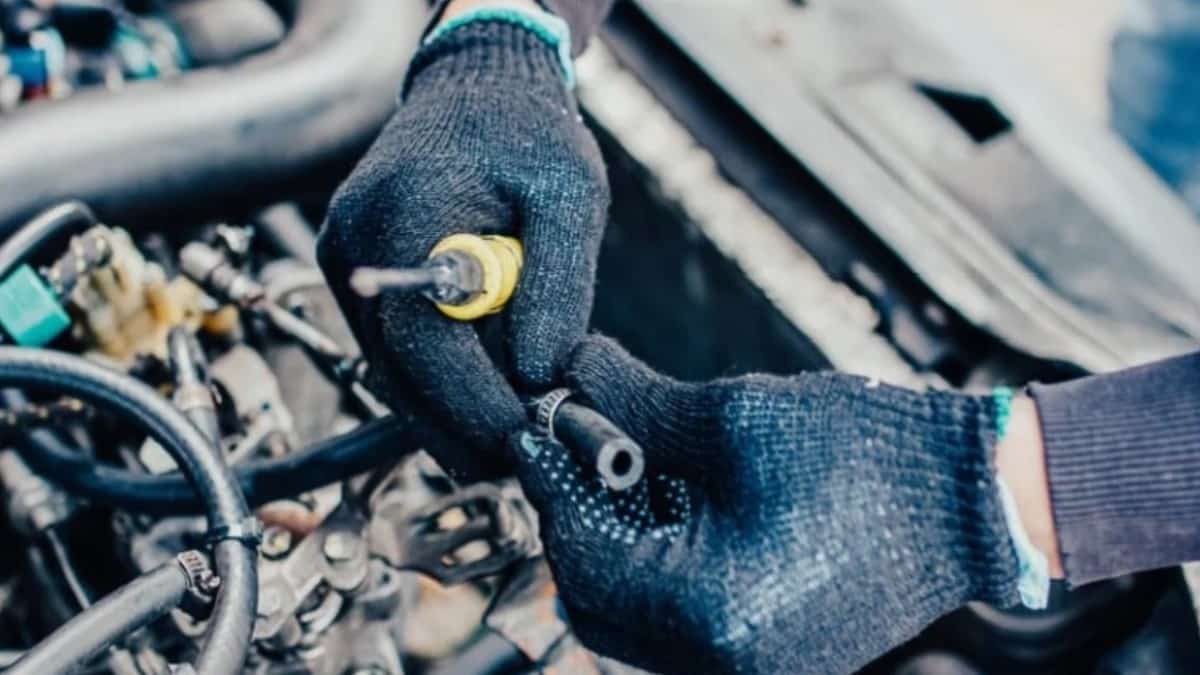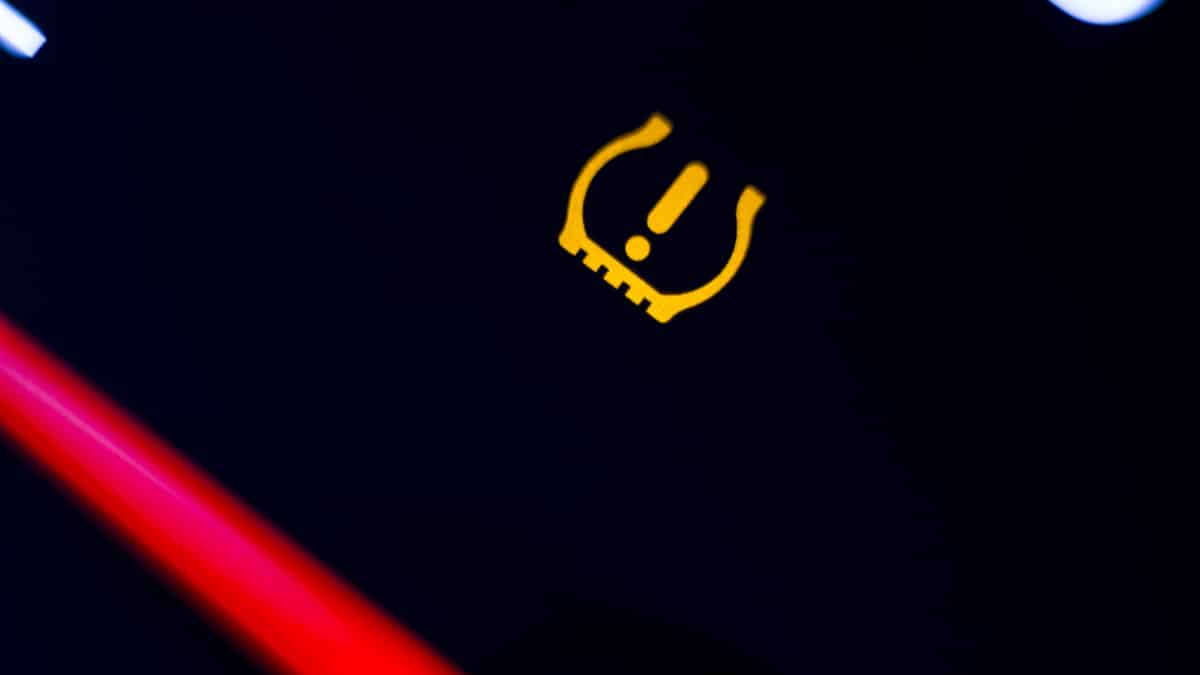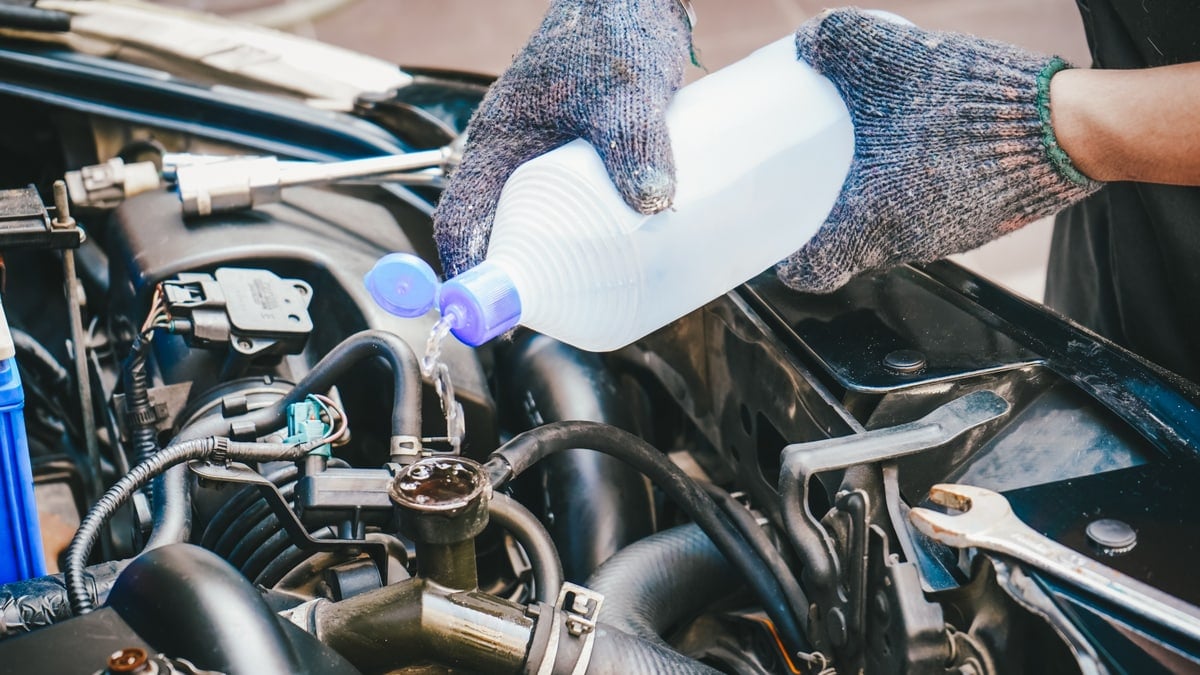The TPMS indicator lets you know when the tire pressures are getting too low to drive on. When this light comes on, you might wonder if you can safely drive to the nearest gas station to get air. Is it dangerous to drive with low tire pressure?
We examine the reasons why you should never drive your car with low tire pressure. Our guide also covers some tips to keep you safer because it’s possible that you will choose to drive even though it’s not recommended.
Is It Dangerous to Drive with Low Tire Pressure?
Yes, it’s dangerous to drive with low tire pressure. When the tire pressures get too low, you are putting yourself at risk of a blowout. Additionally, low tire pressure causes performance issues and leads to poor fuel economy. It can also create premature wear to the tires, causing you to replace them more often.
Now that we know that it’s dangerous to drive with low tire pressure, let’s take a look at the reasons why it’s so dangerous and why you should avoid it.
Reasons to Avoid Driving with Low Tire Pressure
1. Risk of Blowout
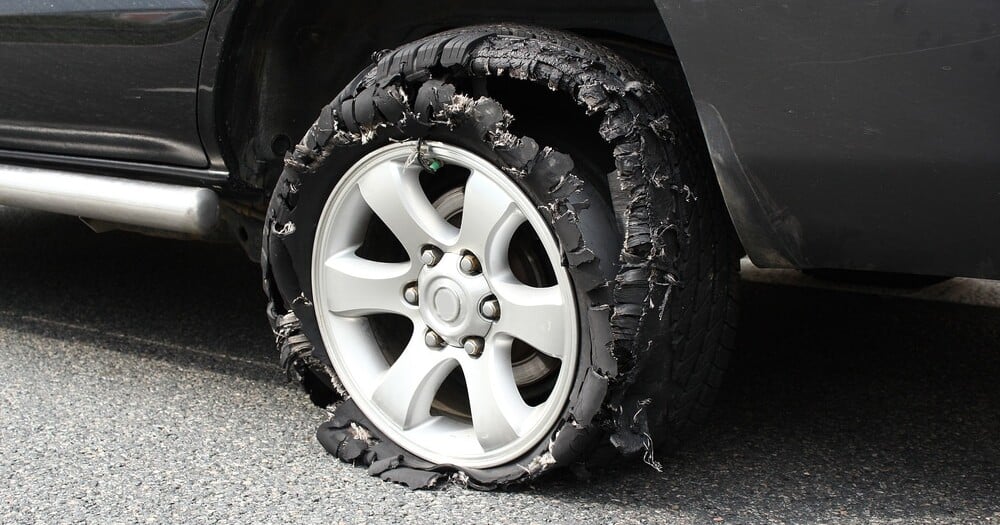
The most dangerous thing that could happen because of the low tire pressure is a blowout. When the tire becomes underinflated, the sidewalls flex more than they should.
As you head down the highway without stopping, the tires heat up and don’t cool down. This excessive heat can cause the tire to blow out, especially when they are softer. Plus, the soft tire is more susceptible to being punctured by debris on the road.
2. Performance Issues
As the sidewalls flex from the under inflation, you will notice issues while driving. The most obvious issues happen when braking or cornering.
The tires are less stable in this condition. Plus, you will lose traction and grip on slippery surfaces. The steering also becomes sloppy, all of which makes the vehicle harder to control.
3. Poor Fuel Economy
When the tires are under-inflated, more energy is needed to keep the car moving. It’s the same concept that is seen if you try to ride a bicycle with a flat tire. You will have to pedal harder to get moving.
Because there is more resistance, your car engine has to work harder to keep the vehicle moving. This added energy means less fuel efficiency, causing you to spend more time at the fuel pump.
4. Premature Wear
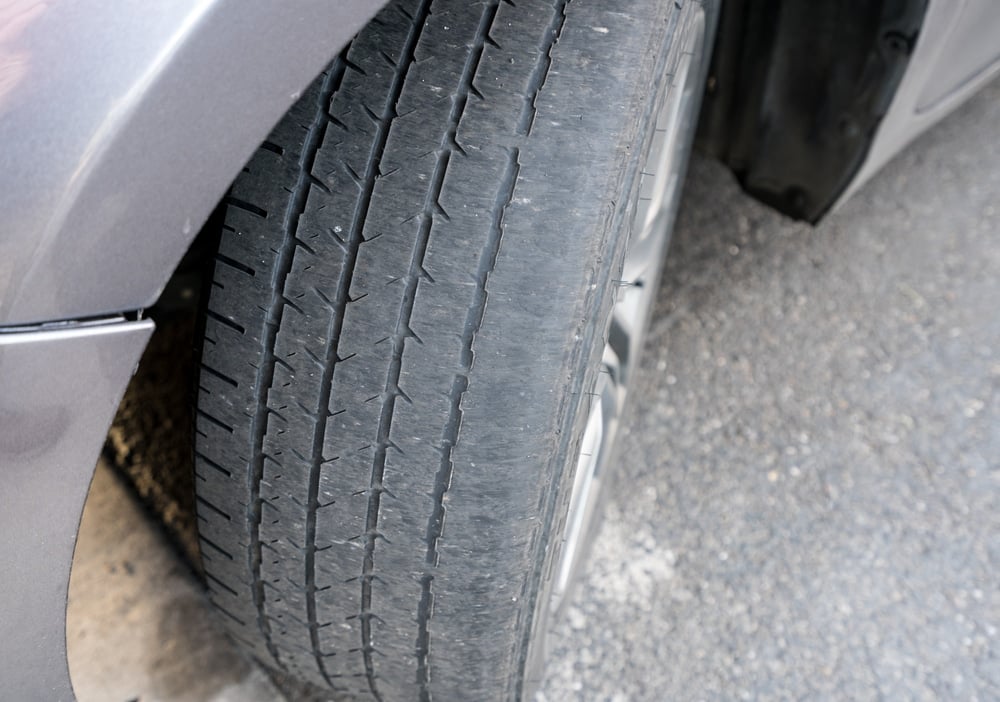
When you drive a tire with low air pressure, you allow the tread to wear unevenly. You may see these tread issues on the outer and inner sides of the tire. This abnormal wear cannot be corrected.
Considering that you can usually inflate the tires for free, it doesn’t make sense to drive it under-inflated. The other option is to buy tires more often, which is going to cost you a good amount.
What to Do When Tire Pressure is Low
The first thing you obviously should do when your tire pressure is low is to inflate it as soon as possible. However, if you are far away from a place to do it, here are some other things you should consider:
RELATED: 10 Best Portable Tire Inflators
1. Put On Spare
If you are driving on a low tire and can’t get air right away, your best bet is always to swap out the tire for a spare. While it’s inconvenient to pull over and put a spare on, it’s the only way to guarantee your safety.
Hopefully, you know how to put a spare tire on. Otherwise, you might need to call for roadside support to get back on the road.
RELATED: How Long Can You Drive On a Spare Tire? (& How Fast?)
2. Turn on Flashers
If you decide you need to keep going, you must put safety first. Take every step possible to ensure your on-road safety.
By turning on the hazard flashers, you ensure that your vehicle stands out on the road. The flashers allow you to slow down on the road, while others remain aware that there’s a problem so they can stay away from you.
3. Remove Heavy Cargo
With an excessive amount of weight in the vehicle, you put your safety even more at risk. If you are able to remove some of the weight before driving, you should.
If you are at home or work, consider taking out some items you don’t need. You can always reload after you get the tire filled back up.
4. Drive Short Distances
If you are going to drive at all, it shouldn’t be for long. We understand that it doesn’t make sense to put a spare tire on if the gas station is just down the block.
The longer you drive, the more risk you face. For this reason, you must weigh the distance carefully to determine if it’s worth the risk.
5. Slow Down
Even if you are only driving down the block, you must reduce the car’s speed. Don’t follow the posted speed limit signs as your guideline.
The slower you travel, the less chance something bad can happen. With your flashers on, it doesn’t matter how slow you go; others will notice that they should move around you.
Categories: Tires
